The making and unmaking of Oscar Pistorius
- Published
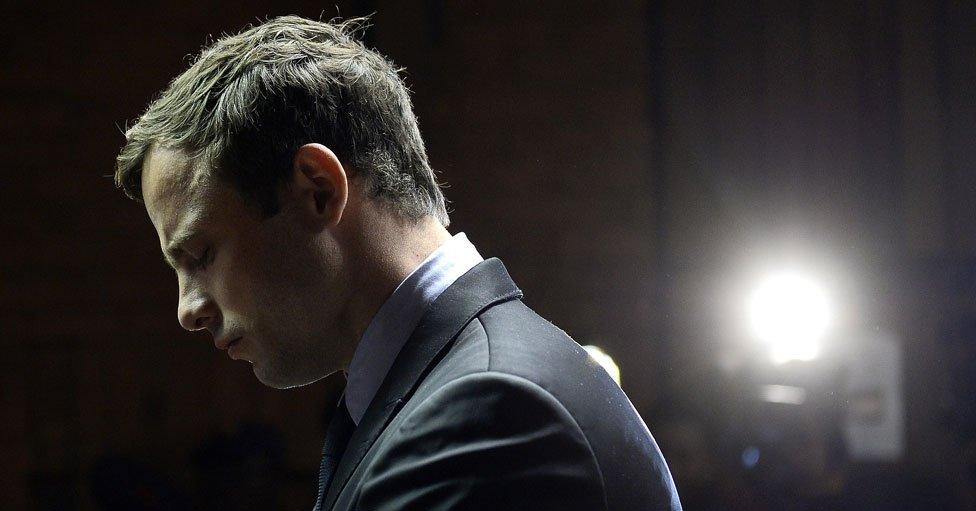
He was one of the world's most successful sportsmen, an inspiration to millions, but now Oscar Pistorius is serving a five-year sentence for killing his girlfriend.
Sixteen years ago, breathless after the 75m swim, he climbs out of the pool with his stumps trailing behind him, and into the arms of his friends.
He clambers on to the back of a classmate, Deon, who trots off with the grinning 12-year-old Oscar as cargo.
The second part of the race is an 800m run, and the route stretches ahead of them under a blue Johannesburg sky. As the five young racers pass the netball courts, they leave behind the concrete path and feel the soft grass of the school playing fields underfoot. Cheyne is in front, carrying Oscar's prosthetic legs under his arms.
Oscar is carried over the finish line by Kaylem, who won the race but doubled back to pick up his friend. Like a human relay baton, Oscar completes the race after being passed from one friend to another, according to a pre-arranged plan.
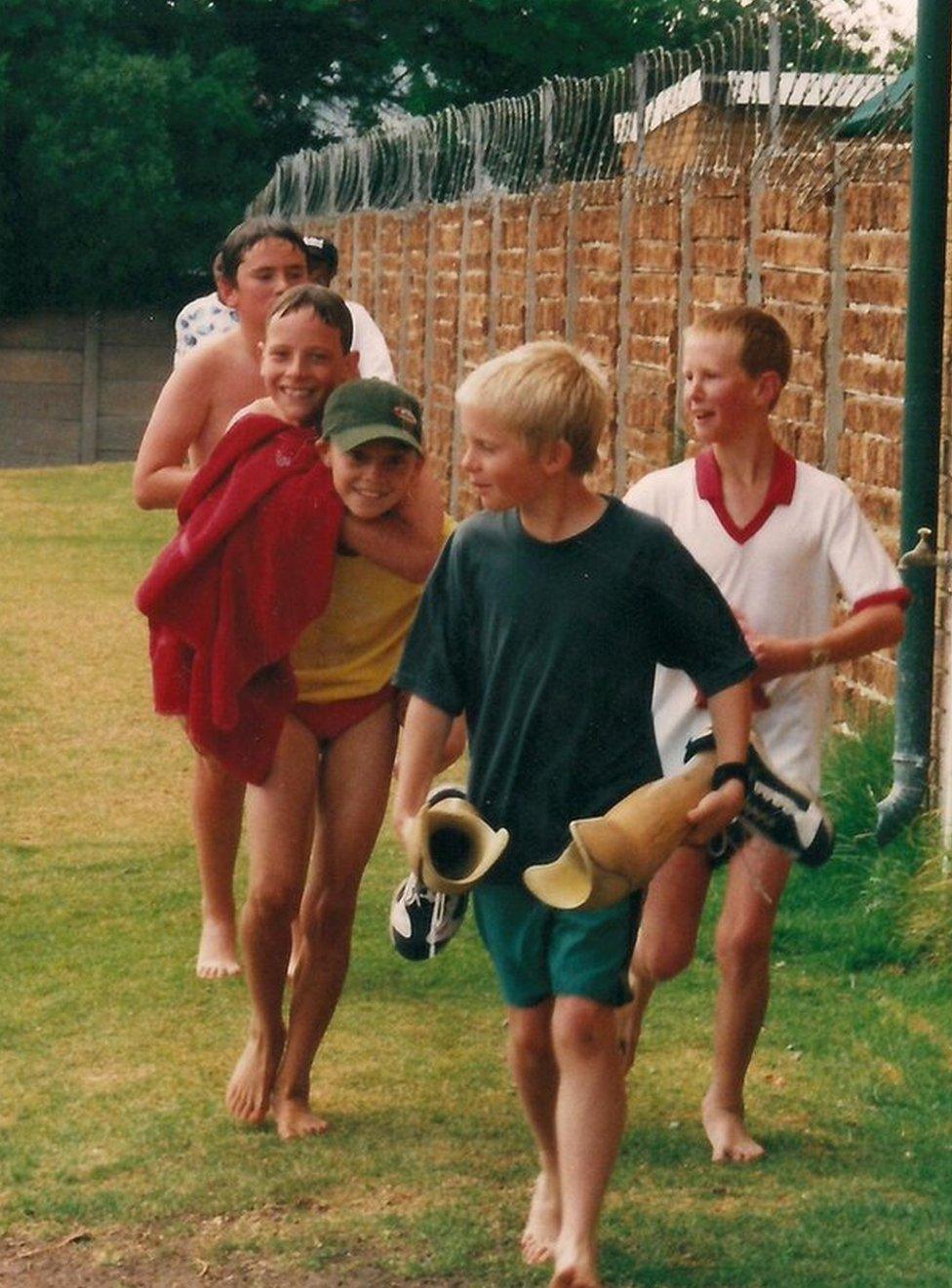
Deon carries Oscar while Cheyne carries his friend's prosthetics
This vignette from early 1999 at Constantia Kloof Primary School in Roodepoort, near Johannesburg, sums up the childhood of Oscar Pistorius - never left out, surrounded by friends, often the centre of attention.
Last year, he was the focus of attention during a six-month trial after shooting his girlfriend through a toilet door. The attack happened just months after he was the poster boy at the London Paralympics and made history by competing in the Olympic Games three weeks earlier.

The life of Pistorius can be seen in two arcs. There is one story of extraordinary determination - how this boy with no evident running talent at 12 somehow scaled the heights of sport in just a few years. But the second story is how that innocent boy became, as weeks of testimony in court suggested, a man plagued by his temper, with a reckless love for guns and speed - condemned by the judge as "negligent" when he pulled the trigger.
In one of Oscar's earliest memories, he hurtled down a hill near his home, in his brother Carl's go-kart, as the two of them began a lifelong passion for speed - they were "adrenalin junkies", Pistorius later wrote in his autobiography, Blade Runner.
As the wall at the bottom of the hill loomed in front of them, with no brakes on the kart, Carl grabbed Oscar's prosthetic leg, yanked it off and pushed it into the wheel to bring the vehicle to a sudden stop.
This narrow escape did nothing to dampen his new addiction - aged four he was riding mini-motorbikes. Soon after he was racing his father at go-karting. Aged 15, he was driving his brother's Golf, and as an adult a speedboating accident nearly ended his career.
This hotheaded adventurousness in the young boy was partly encouraged by his family, who were determined that his disability would not make him a spectator in life. In the Pistorius family, who lived in a comfortable part of Johannesburg, no-one was allowed to say "I can't."
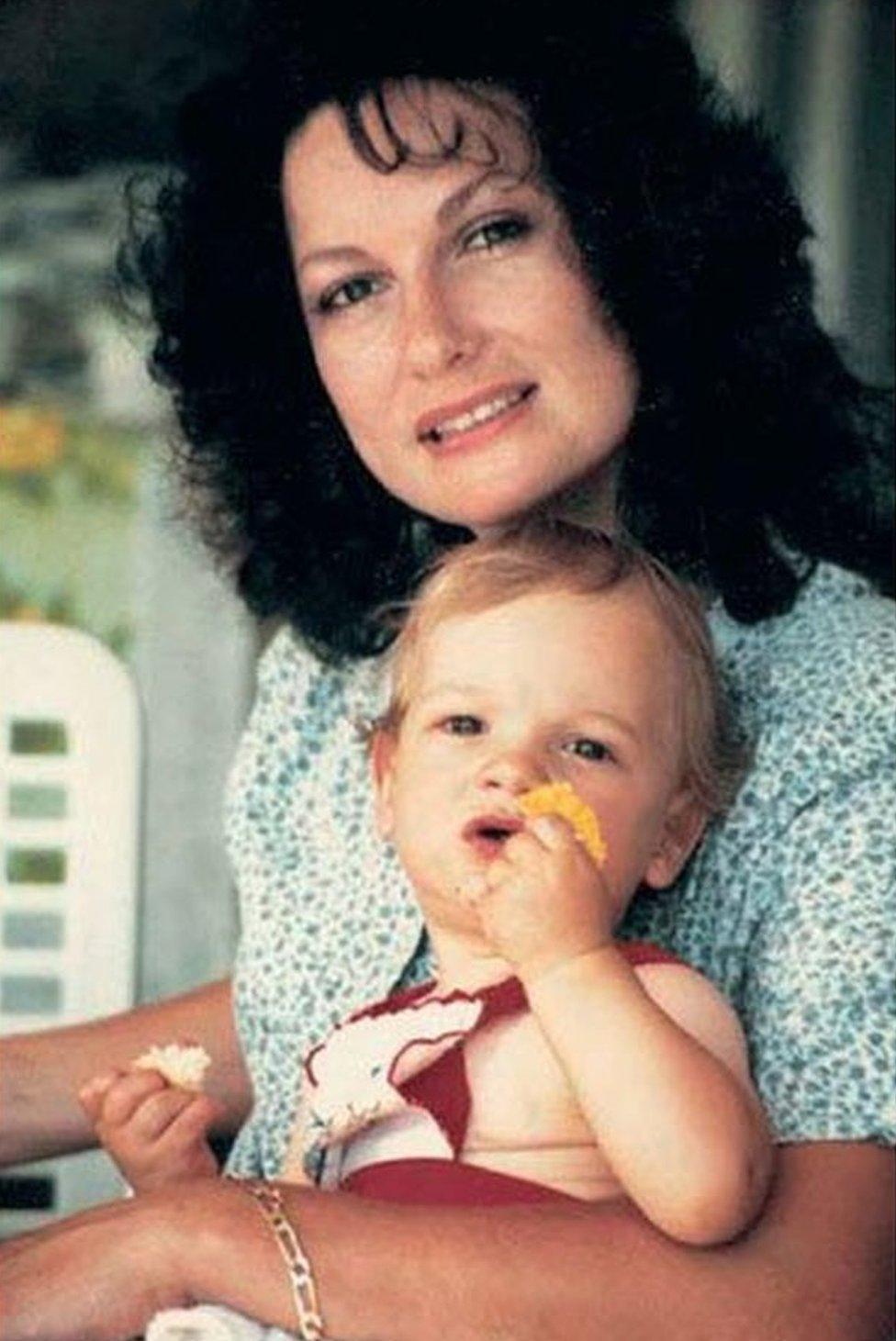
Born with no fibulas - the smaller of the two lower leg bones - Oscar's legs were amputated below the knee when he was 11 months old. Six months later, he received his first prosthetics, a defining moment in his life, he later said. This plaster and mesh fitted with a lycra "skin" was a liberation. Immediately, he says, he felt invincible and his energy was boundless.
"I believe that it was at this time in my life that my personality was shaped, and that my family was instrumental in laying the foundation stones of my competitive nature, and of the man that I am today," he wrote in Blade Runner.
His mother was a huge influence. She put inspirational notes into the lunchboxes of her children, and one letter she wrote for him he still keeps: "The real loser is never the person who crosses the finishing line last. The real loser is the person who sits on the side, the person who does not even try to compete."
Getting ready for school, she would say: "Carl, put on your shoes. Oscar, put on your legs." He was different, but equal.
In fact, the young Oscar didn't feel different at all.
"He didn't like to be reminded that he was different because mentally he wasn't different," says Gianni Merlo, who co-authored Pistorius' book. "This was because of the way his mother brought him up as a kid. He has a spirit that is completely different because he was born that way. Without knowing what it feels like to be normal, you feel normal."
As well as providing an emergency brake for go-karts, there were other advantages to prosthetic legs. Oscar never had to wear cricket pads and he could leave his leg dangling against a hot oven and not suffer terrible burns. Children at the beach marvelled at his small round footprints, while opponents on the rugby field who tackled him were left clutching an artificial limb.
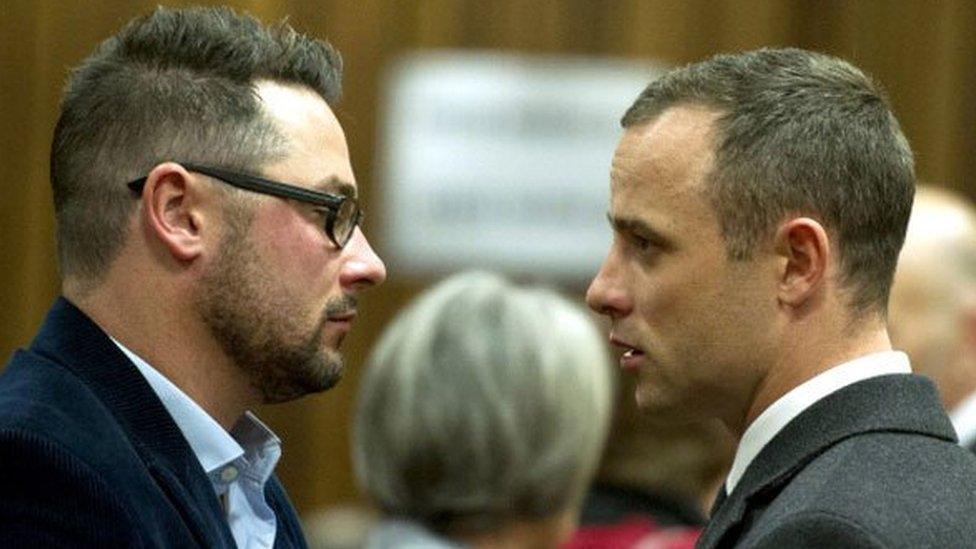
Carl suffered serious injuries in a road accident last month
A major inspiration was a teacher at Constantia Kloof, Tessa Shellard, who encouraged him to take part in sports, even putting him in the school team for a prestigious nationwide triathlon series, despite him not being the best athlete.
"I gave him the opportunity that maybe others didn't give him. I saw a youngster with a disability but one who had it within himself to persevere. He was like a little hero in my heart that, at that young age, he gave so much."
He usually gave it everything, even though he often came last. That biathlon race, in which he was carried by his friends, came on a day when his prosthetics were hurting him and so they hatched a plan to spare him the pain.
Oscar was bubbly and full of energy, says Shellard, and in 2007 he came back to the school and signed a photo of the two of them, writing: "Times of change, memories still the same, thank you for all the times you helped me up."
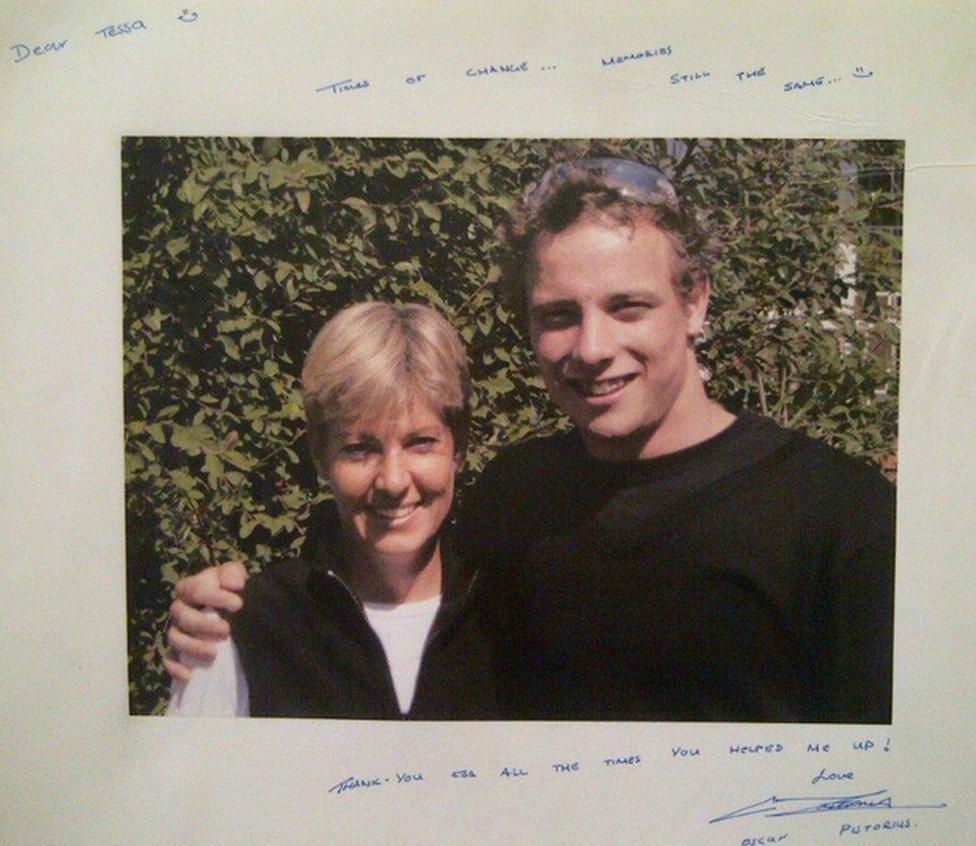
Aged nine, he had his first fist-fight - over a girl - and more followed. The family's response? His father and grandfather taught him how to box. This was the time when he first learned to defend himself, he says, and he later proved on several occasions that he was never slow in lashing out, usually verbally, at people who annoyed him. The most public example was when, after defeat in the 200m at the London Paralympics, he accused Brazilian Alan Oliveira of using illegal blades - an incident captured on live TV.
Despite this pluckiness, he showed little sporting talent in his early teens. That didn't shine until Pretoria Boys School, when he was able to use much lighter prosthetics, thanks to a family friend and design engineer, Chris Hatting.
Initially it was endurance running, not sprinting, that interested him. He was showing ability in 10km races, and enjoying rugby and water polo. His discovery of sports in which he could properly compete, not just take part, meant his schooldays were generally happy - but three life-changing events cast a more sombre light on these years.
The first was the divorce of his parents, which meant Oscar and his siblings were separated from their father and lived with their mother in a smaller house. Perhaps as a way to bridge this distance, his father bought Oscar and Carl a small speedboat and his sons found yet another means to race against each other - this time on water-skis.
Then in March 2002 his mother Sheila died. To the 15-year-old it felt like his world's guiding light had been extinguished. He has the dates of her birth and death tattooed on his right arm.

"Sport was my salvation, as it helped me get through this difficult time," he wrote. "My mother had been a strong woman, the centre of my world. Sporting activity was the only thing that could distract me from such a loss."
His aunt Diana stepped in to play a greater part in the upbringing of Oscar, Carl and Aimee. She says Sheila was such a devoted mother that her death required a "huge adjustment at a difficult time developmentally" for the three teenagers.

The death of Oscar's mother
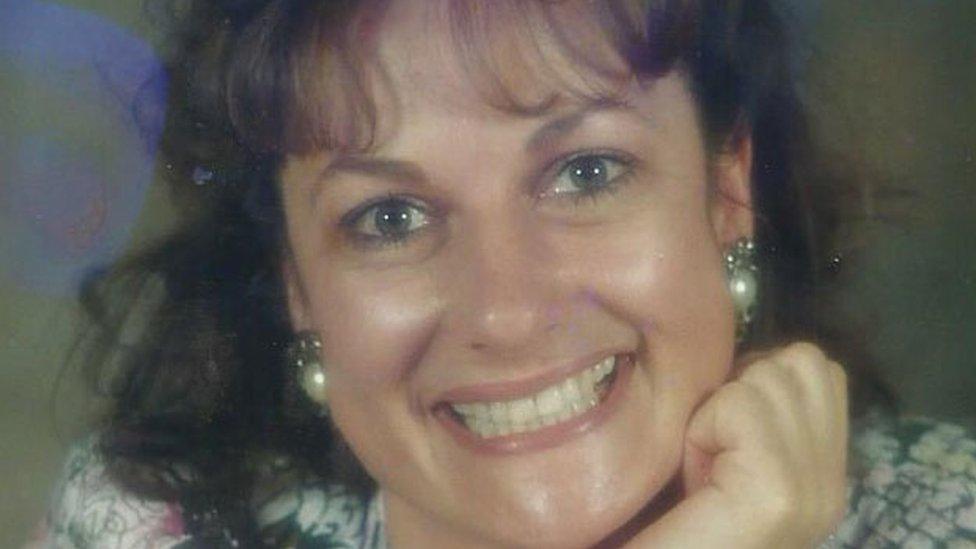
"Sheila valued each of her children for their individual talents and was proud of them," says Oscar's aunt, Diana Binge.
"Strict, loving, spontaneous and always game for fun, she was also a devout Christian who brought her children up to observe the Christian way of life, something she tried to demonstrate in her own relationships.
"She was open about Oscar's disability and shared her experience in bringing Oscar up in order to encourage other parents of disabled children. Oscar has continued her legacy of helping others.
"Sheila had unique relationships with each of her children and losing her would have left a unique gap in each of their lives, which each of them had to handle in their own way."

A year after his mother's death came the third life-changing event - he shattered his knee on the rugby pitch.
It came at a time when he had been working hard on his general fitness, to complement his rugby and water polo. One trainer, Jannie Brooks, has spoken about how Pistorius used his gym in Pretoria for six months - boxing, skipping and doing press-ups - before he realised he had no legs. "He was just one of the bunch, doing everything at the same pace as everybody else."
But after the injury, he was back with the same medics who had carried out the amputations when he was a baby, and his recovery was slow. It was during his rehabilitation, supervised by the University of Pretoria, that he was advised to take up sprinting to help the knee joint recover. At the same time, Hatting - now working for a firm in the US - was working on new, lighter prosthetics and he invited Oscar to fly to the US to try the Flex-Foot Cheetah blades, manufactured by Ossur.
Three weeks after taking up sprinting, Pistorius ran his first 100m race. With his father watching in Bloemfontein, he won the race in a time faster than any double amputee had achieved before - 11.72s. A star was born.
Eight months later, he won the 200m gold at the Paralympics in Athens and his life changed forever. It was at this moment - September 2004 - that the world woke up to his talent and personality.
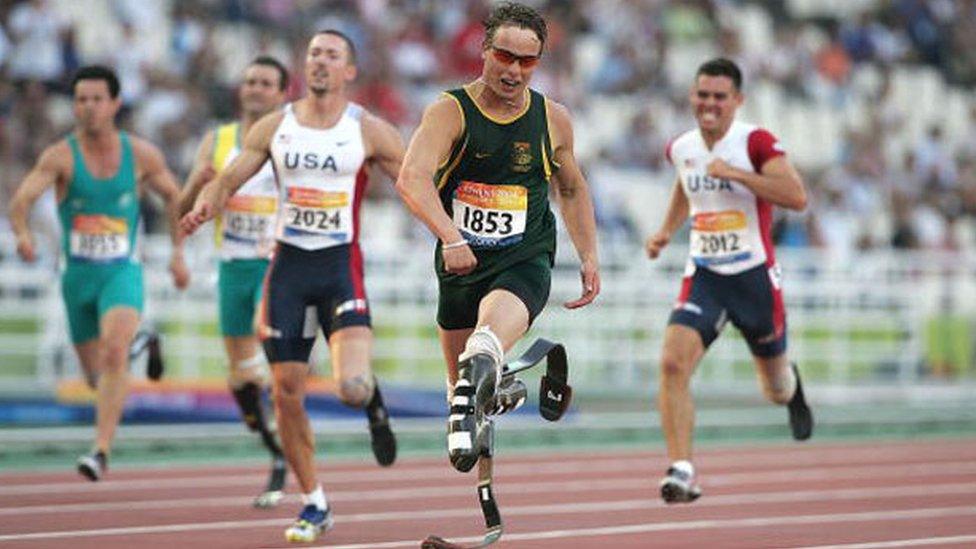
Before long he began running against non-disabled athletes, first in a Golden Gala 400m race in Rome in 2007, finishing second, and then in Sheffield where, in very wet conditions, he finished last.
The question now began to be asked whether his prosthetics gave him an advantage.
It was a huge blow when, the following year, the world governing body for athletics (IAAF) concluded that they did, and banned them. But he fought the decision and won an appeal at the Court of Arbitration for Sport (CAS) in Lausanne, paving the way for him to compete in the summer Olympic Games in Beijing later that year. Failing to qualify, he set his sights on London in 2012, where in due course he became the first track and field athlete to compete in both Paralympic and Olympic Games.
"Oscar, with his personality, athletic prowess and the fact that he was trying to compete in the able-bodied Olympics made him the big breakthrough name, who brought sponsorship in Paralympic sport to the next level, internationally," says Paralympic commentator Tony Garrett, who has known Pistorius since he burst on to the scene in Athens.
Not only was he a very good athlete, says Garrett, one who broke down the barriers between disabled and non-disabled sport, he was a good-looking young man full of vitality, ready to take on the world.
Pistorius has always strongly rejected the suggestion that his fight to compete in the Olympics meant he regarded Paralympic sport as second-rate. He says he just believed it was unfair to exclude disabled athletes from taking part, if they were good enough. "I am not a Paralympic athlete, nor an Olympic athlete. I am simply an athlete and sprinter."
Despite his relatively privileged background, his achievements made him a hero to many South Africans, even if they came from different communities. He was a unifying figure. "For us South Africans," wrote Justice Malala in the Guardian, "it is impossible to watch Oscar Pistorius run without... wanting to break down and cry and shout with joy."
But as the sponsorship deals and media appearances multiplied, Garrett was not the only person to notice a change in the man he knew.

In 2011, Pistorius had stormed out of a BBC radio interview, external after taking exception to a question about his fight to take part in non-disabled athletics. Then there was the outburst at the London Games, when he lashed out at Alan Oliveira. Another South African Paralympian, Arnu Fourie, told a journalist he had to change rooms in the athletes' village because Pistorius was shouting on the phone so much.
"His lifestyle and image changed and clearly something got to him and he wasn't the same person, there were so many demands on his time," says Garrett. "I think he let rip every so often and he wouldn't have done that a few years ago."
Other acquaintances concur that his character subtly altered. Sports journalist Graeme Joffe, who co-owned a racehorse called Tiger Canyon with Pistorius and three others, first met him 13 years ago. Then Pistorius was an athlete of enormous promise and Joffe was really impressed by his confidence and charisma.
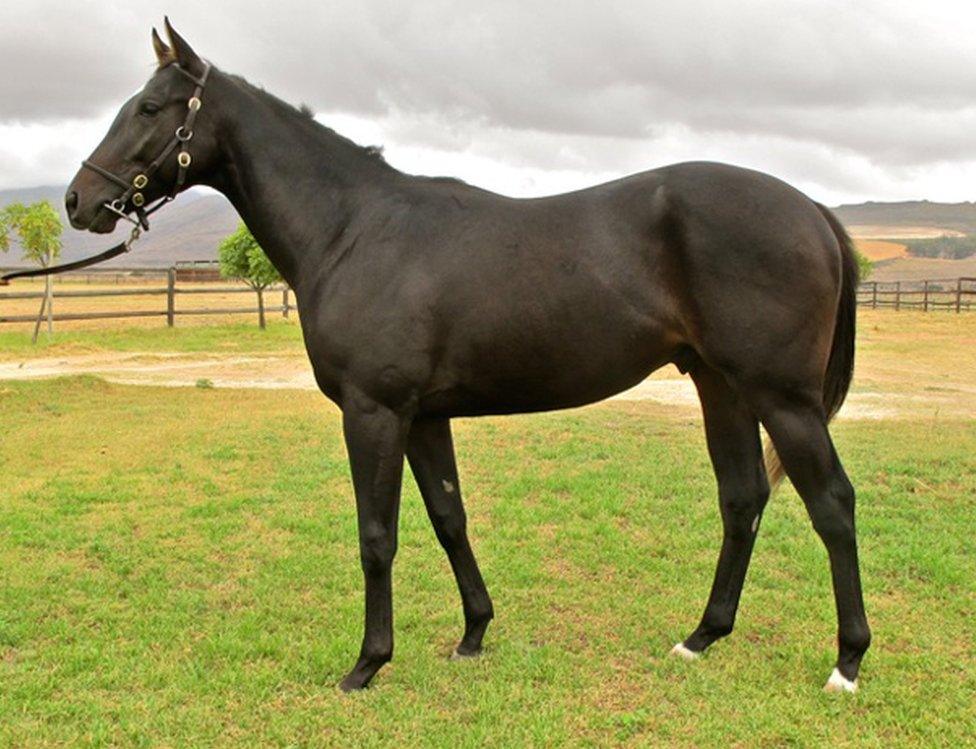
"But three years ago, the syndicate was put together and I and some of the other owners met him at the stables. I immediately thought there was something about Oscar that had changed," he says. "He was a different man to the one I had interviewed so many times, in the sense that he was a bit stand-offish and a little bit cold, not his usual warm self."
Joffe says he had taken note of Pistorius' behaviour towards the BBC interviewer, and was aware of an earlier incident when Pistorius, captaining a speedboat, was involved in an accident in which someone could have been killed.
"These were big red flags for me and I was quite surprised that no-one in the media or in his management team condemned it publicly," says Joffe. "He was showing a spoilt-brat attitude that came out a year later at the Paralympics [in 2012] when he embarrassed the country."
This wasn't just about fame going to his head, says Joffe, there were other incidents over the years that suggested an aggressive side and a recklessness that the public didn't see - at least not until the trial.
There was a gun that went off in a restaurant and another shot through a car roof, and the odd verbal and physical fight. The South African media didn't explore this unpalatable side of the national hero, says Joffe. And journalists who questioned whether Pistorius' blades could give him an advantage were given no more interviews.
What did make headlines - at least, in the celebrity press - was the romance with Reeva Steenkamp. The two met in November 2012 through a mutual friend at a motoring event and she agreed to accompany him to an awards ceremony that night as he didn't have a date.
The model was already a reality show star and a regular presence on the cover of magazines. She was also hugely popular. Her best friend and housemate Gina Myers told the BBC this was a woman "as magnificent on the inside as she was beautiful on the outside".
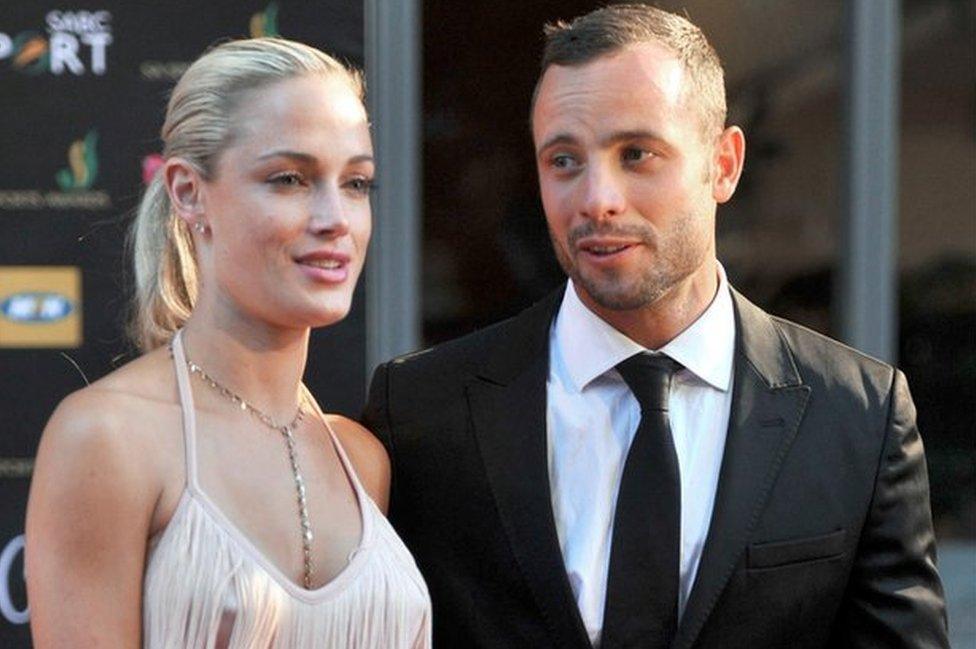
A friend of the couple, Del Levin, saw the couple at a dinner about two weeks before Steenkamp's death, when Levin's wife, a well known television personality, sat next to her and the two women spoke for a long time. Levin and his wife got the impression the couple, who had then known each other for about three months, were happy.
By his own admission, Pistorius' relationships with women over the years have been turbulent. In his book, he referred to a "particularly nasty argument" here, a "very fiery" relationship there.
"He could get very furious suddenly," says his biographer Merlo. "He spoke of a fire inside. He had tough arguments with girls and afterwards sweet reconciliation. He has always had very beautiful girlfriends. I never saw the temper but sometimes there were situations where it was [apparent]. Sometimes he can explode but I have always seen the bright part of the moon, I've never seen the dark part."
Before Pistorius became a celebrity, he was very open to people, very friendly, says Merlo, who first met the athlete in 2007 in Rome and began working on the book with him the following year.
People fell in love with him when they met him, he says, but the red carpet wasn't a stage upon which he felt comfortable. "It's not easy for a young guy who becomes a celebrity to follow the light that you see from afar that can be your light."
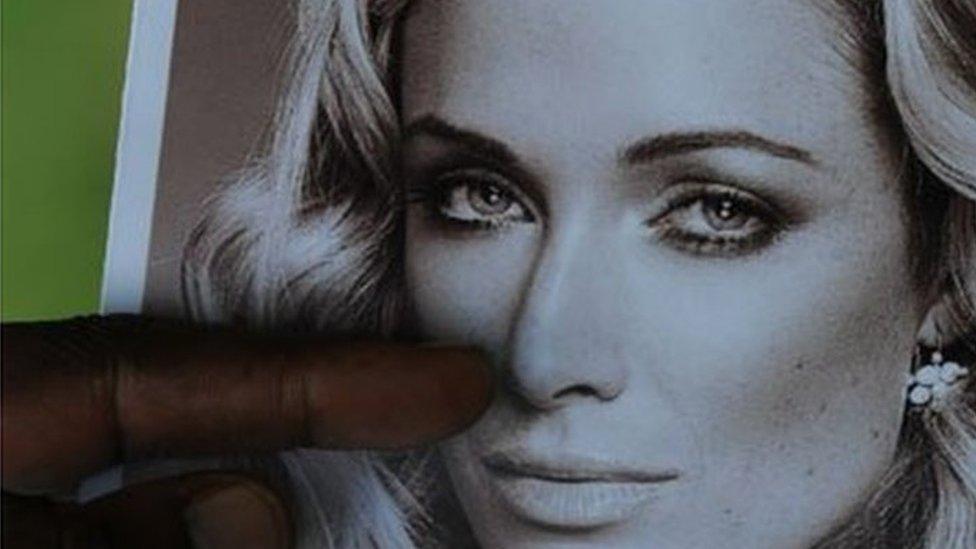
Merlo agrees with those who say Pistorius underwent a change. But some friends of the athlete tell a very different story - of a man full of warmth and fun who overcame life's setbacks and stayed loyal despite his fame.
Levin, a marketing director, says that unlike many in Johannesburg's high society, the athlete was sincere in his affections.
"I wasn't a close friend but I got to know him over the years. He was an amazing, generous and courteous and kind person, easy to get along with, and very willing to share his own experiences and insights.
"Typically when you meet someone on the social scene, they're very cold and stand-offish and particularly if you are the spouse of someone [famous] but he was someone who embraced me from the beginning. He would see me and run over and say 'Hey' and talk, and we would catch up and see how things were. He was definitely not just faking it but genuinely interested in you."
One thing that did strike Levin was Pistorius' fears about security. He had recently bought a new home in the Johannesburg suburb of Sandton and talked about how happy he was that it was equipped with more safety features than his house in Pretoria.

Pistorius sold the house where Steenkamp was killed, to pay for legal fees
Little did he know that his home would become the subject of such scrutiny in the months ahead. Few bedrooms, bathrooms, doors, duvets, fans and electric sockets have been pored over in such detail.
After a year in jail and now under house arrest, the freedom and companionship of the sunny playing fields of Constantia Kloof Primary School must seem a world away.